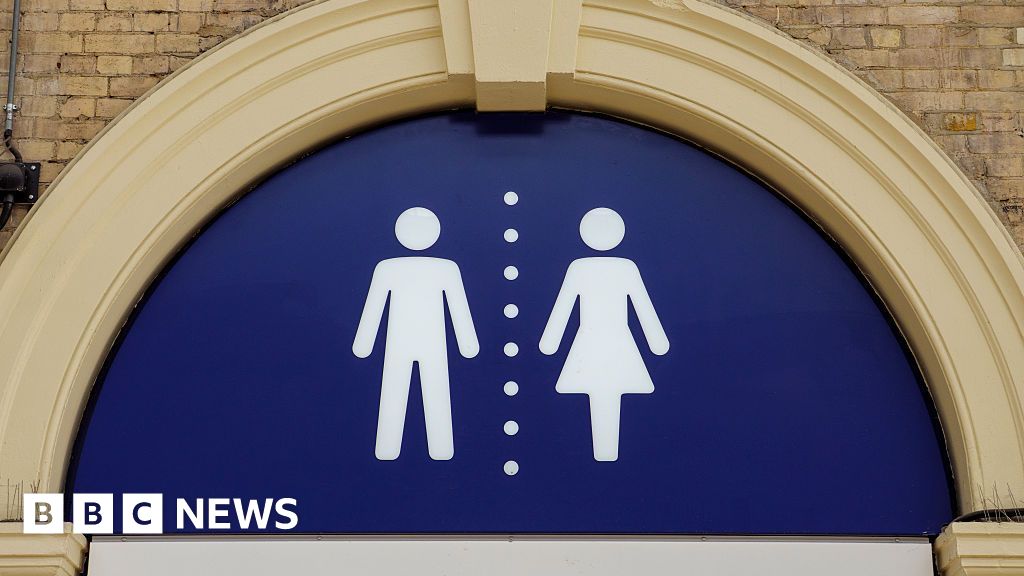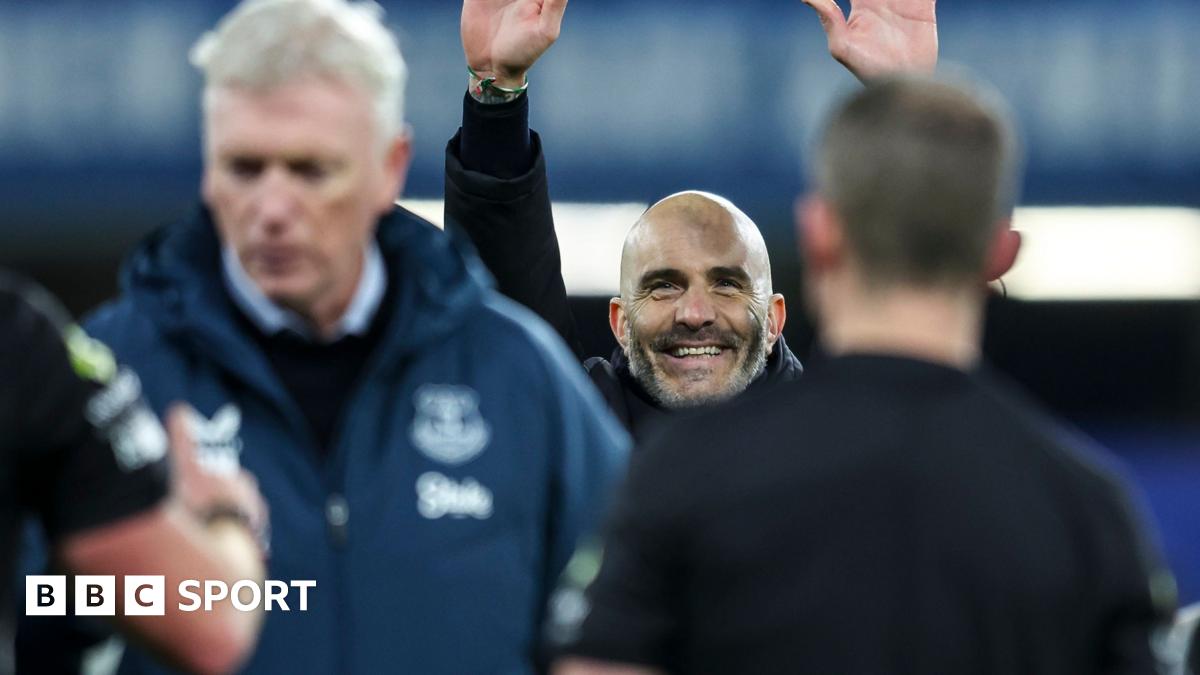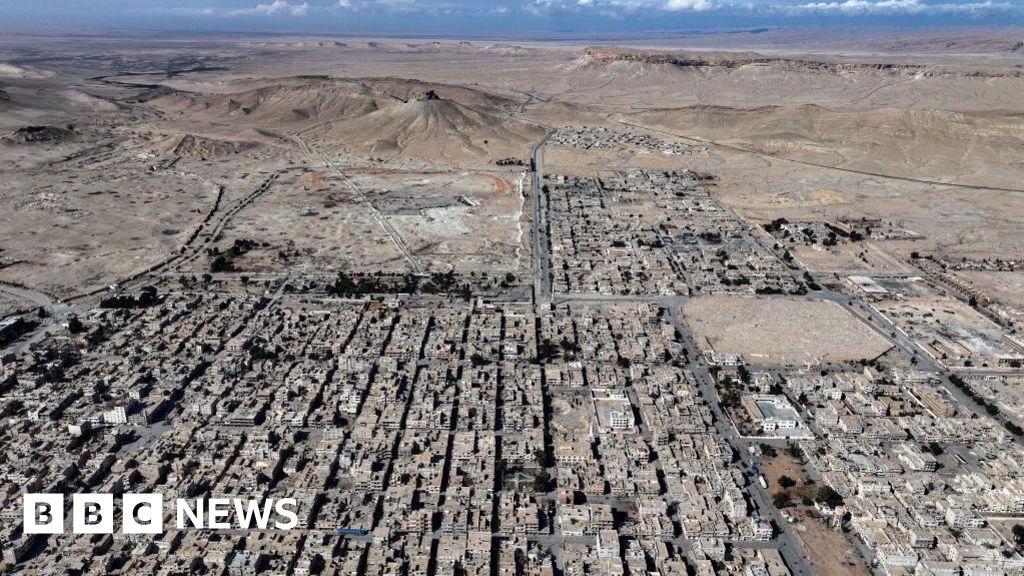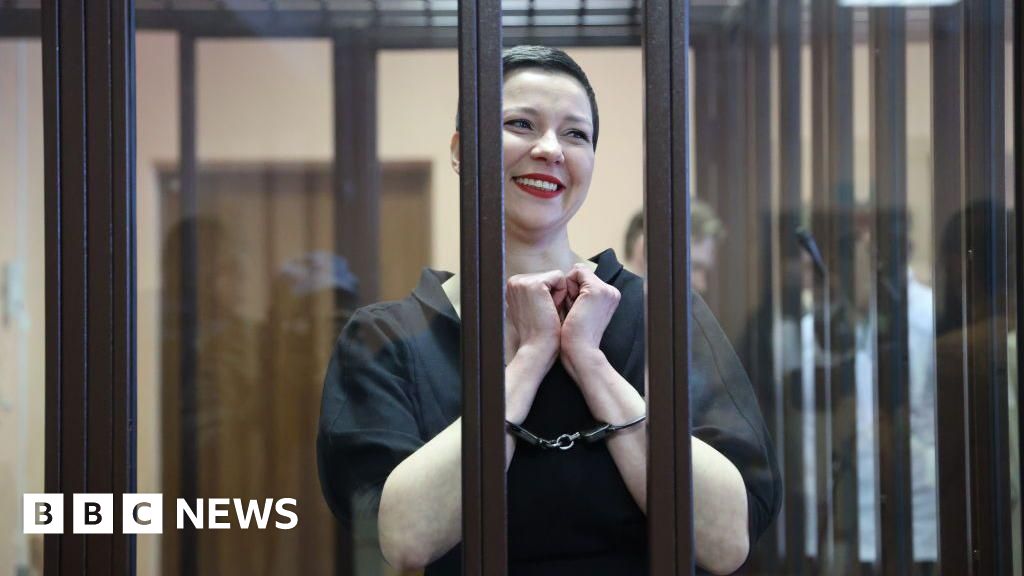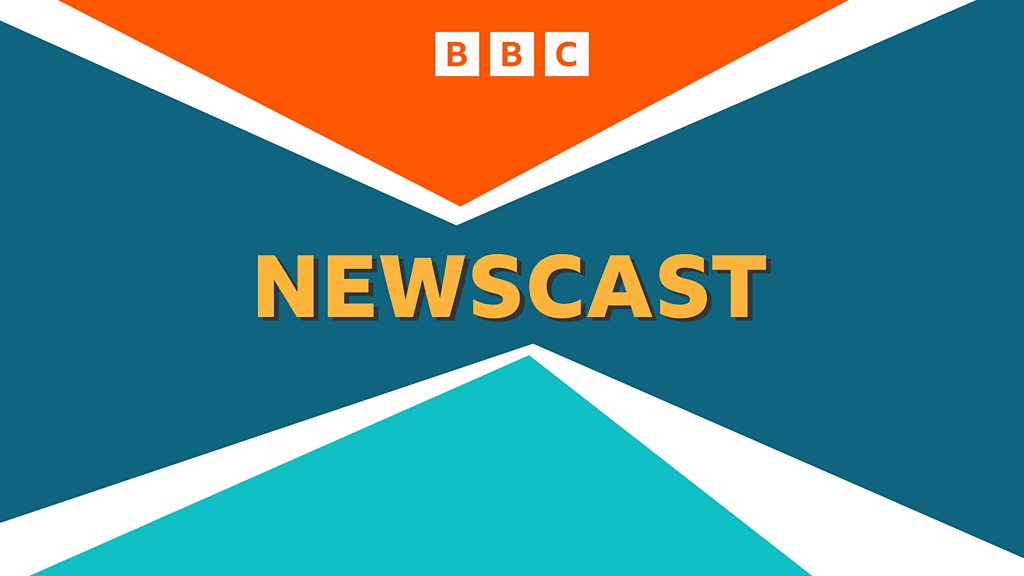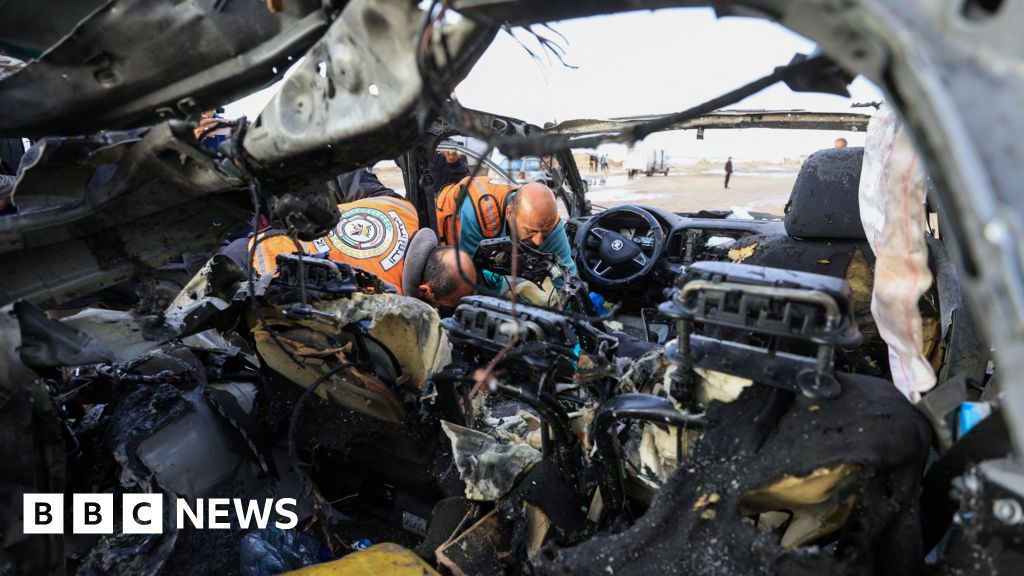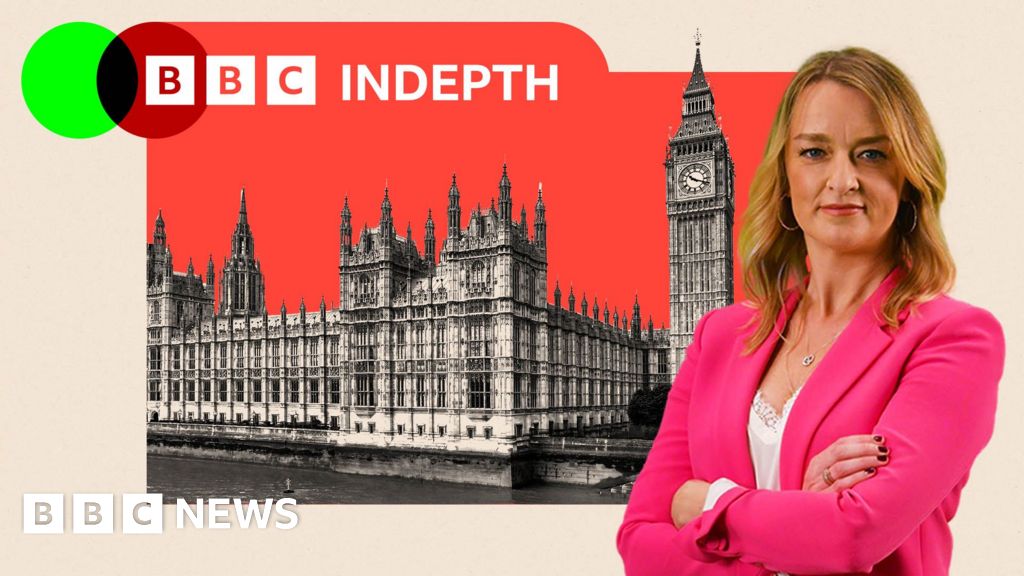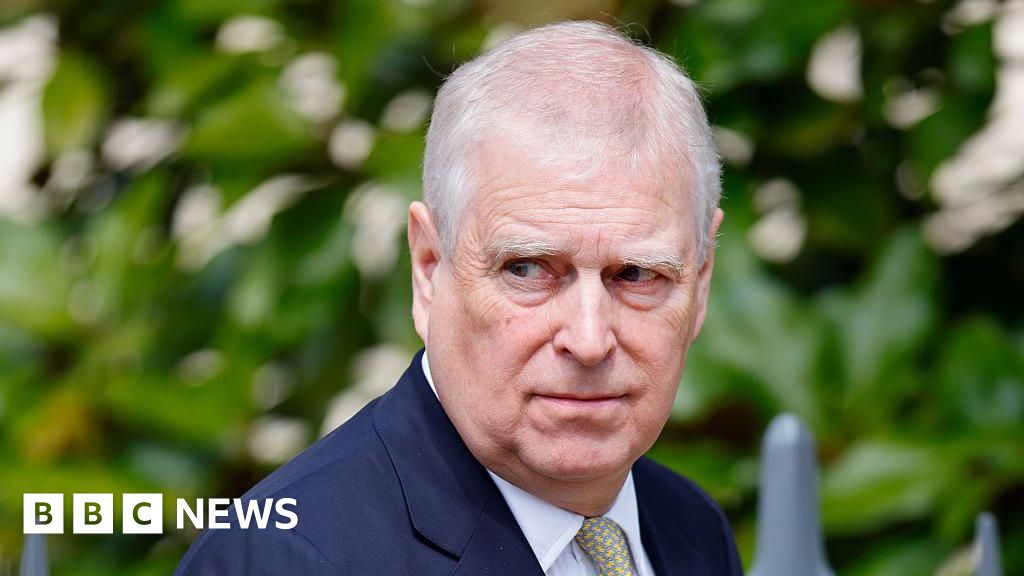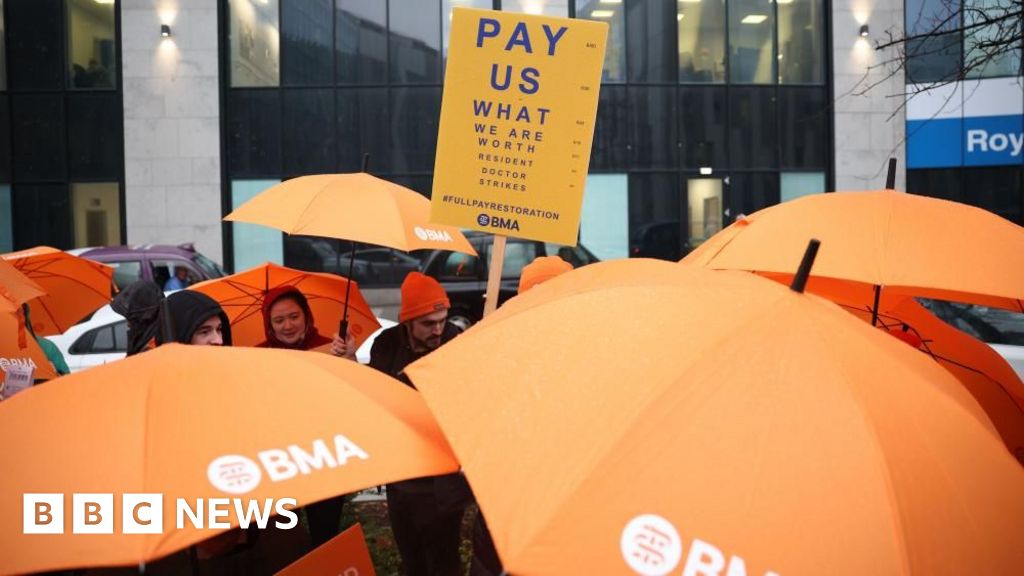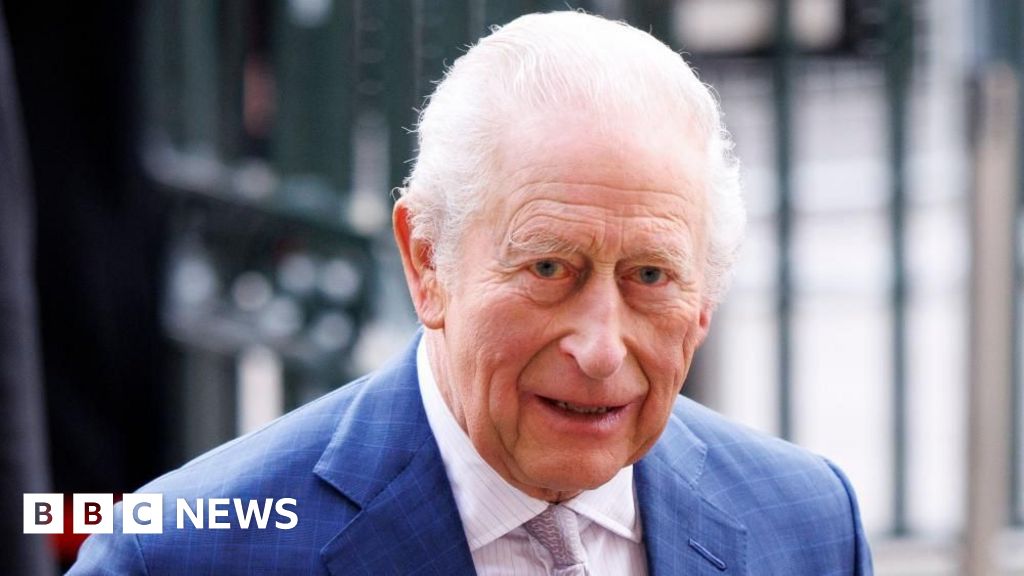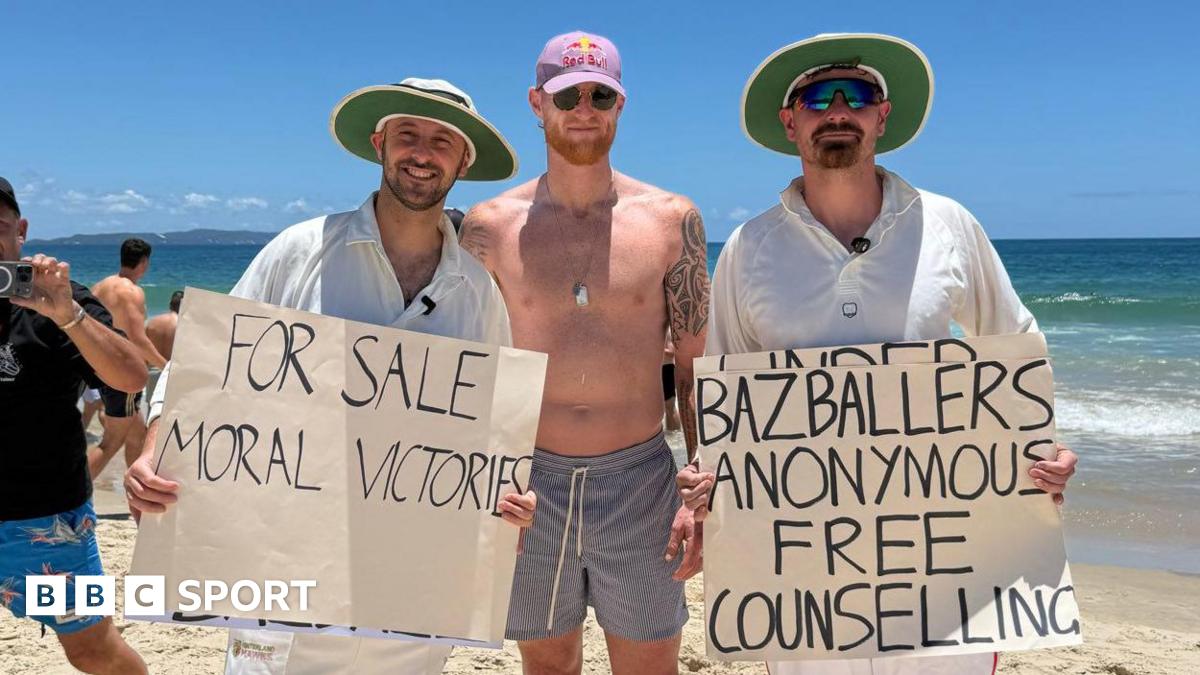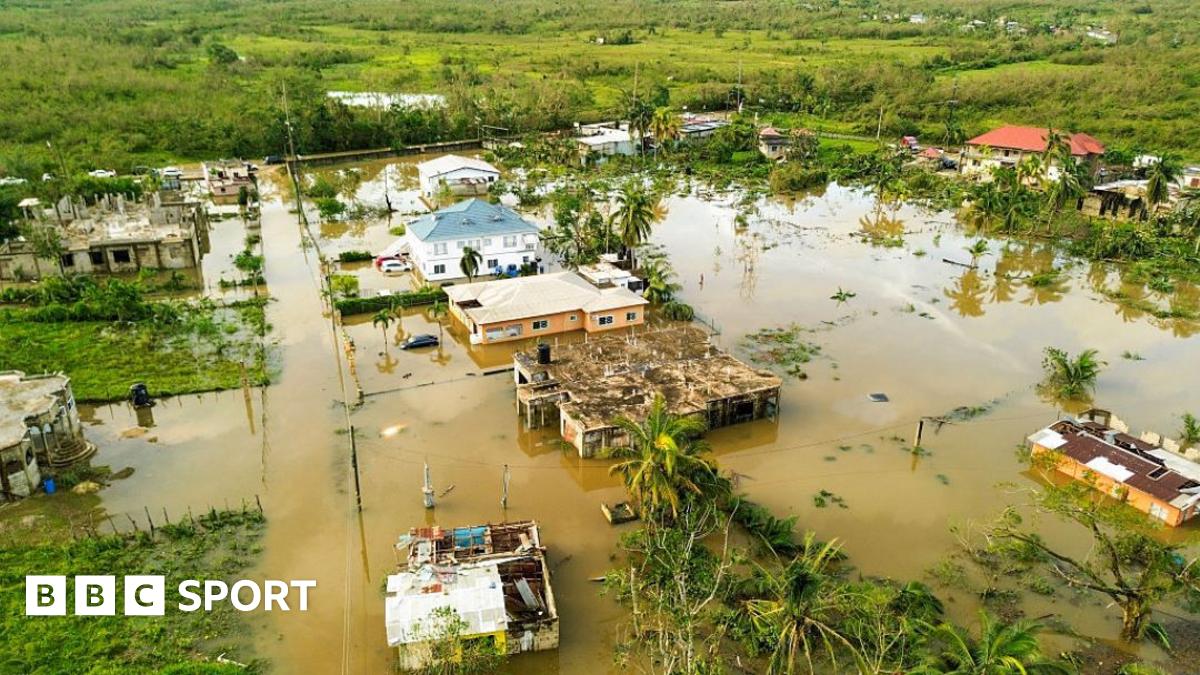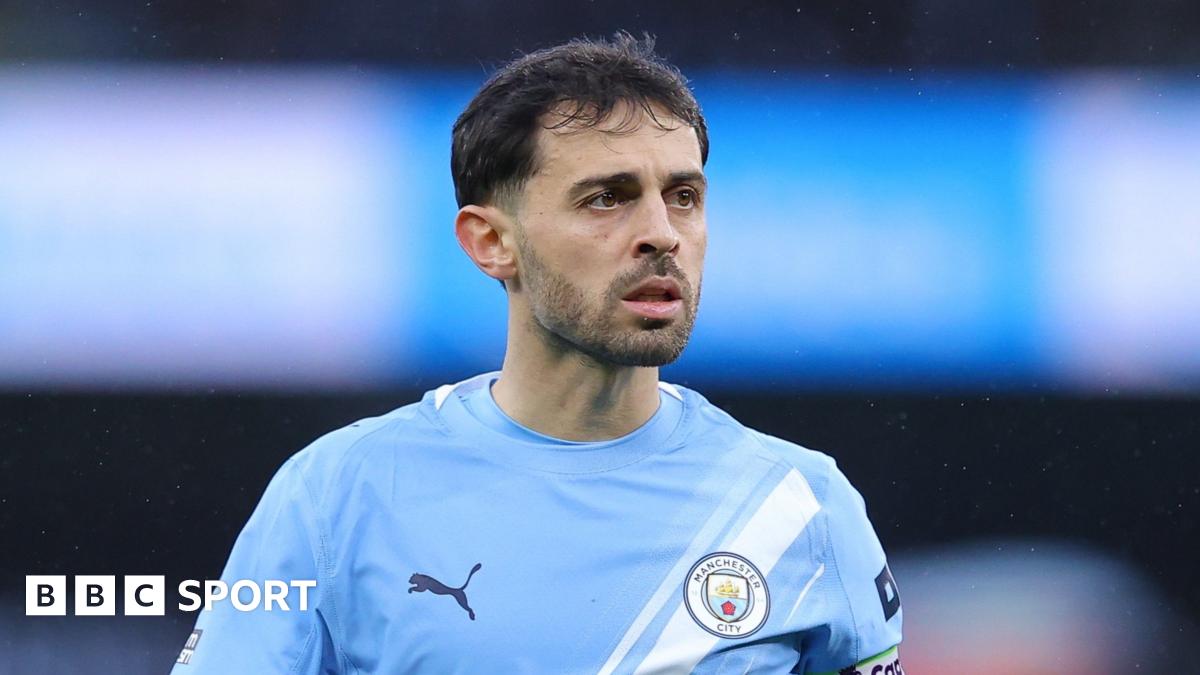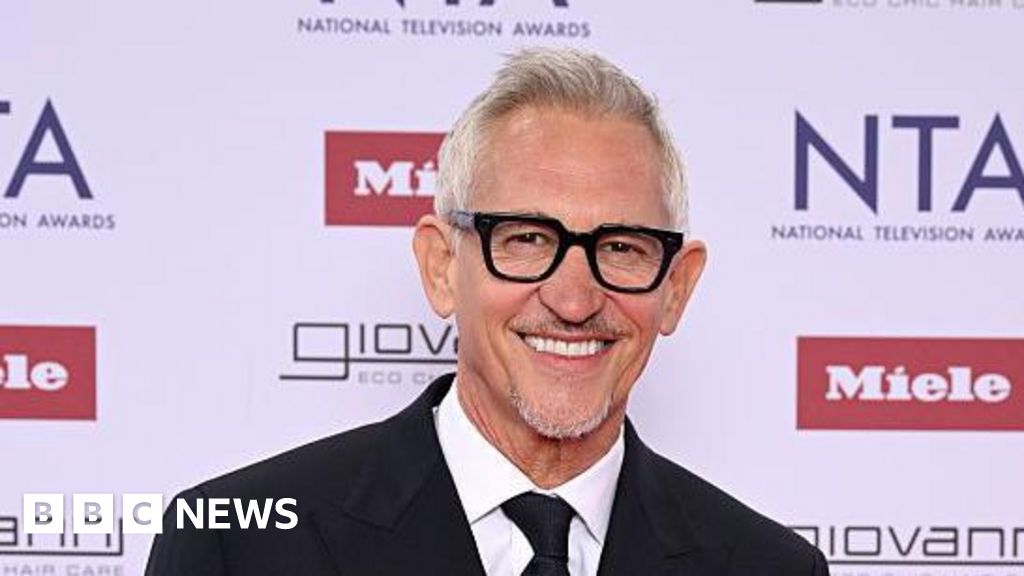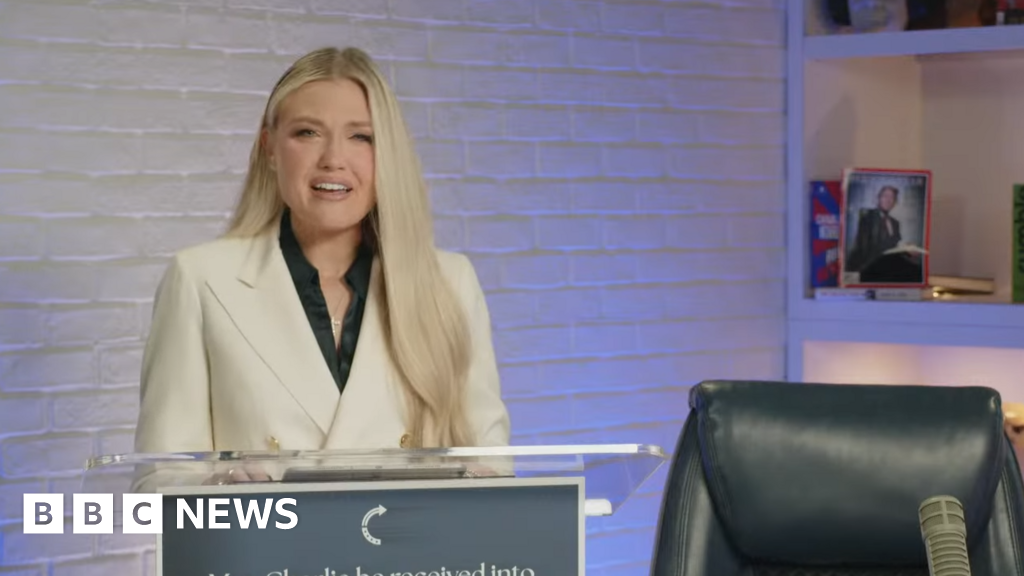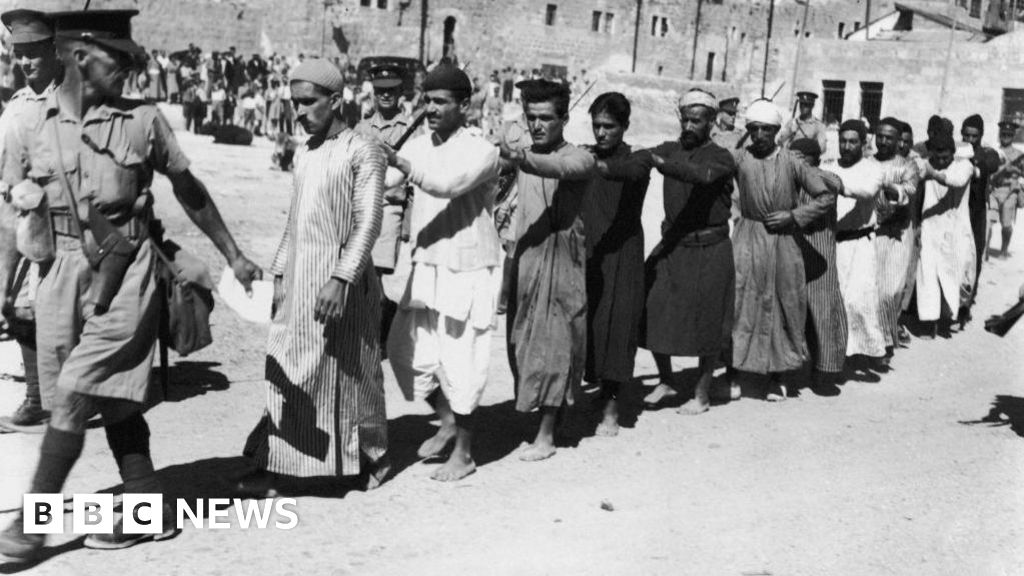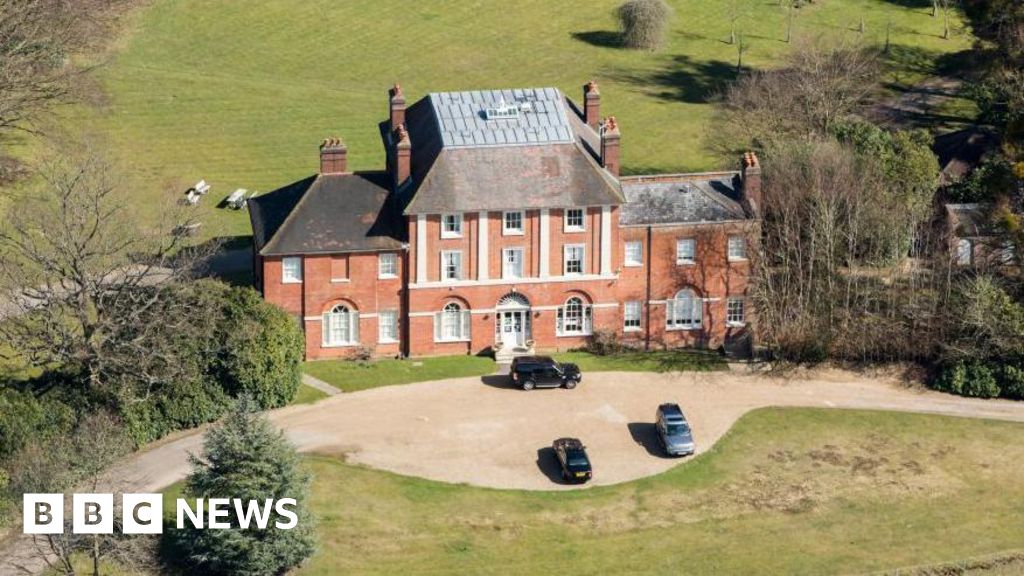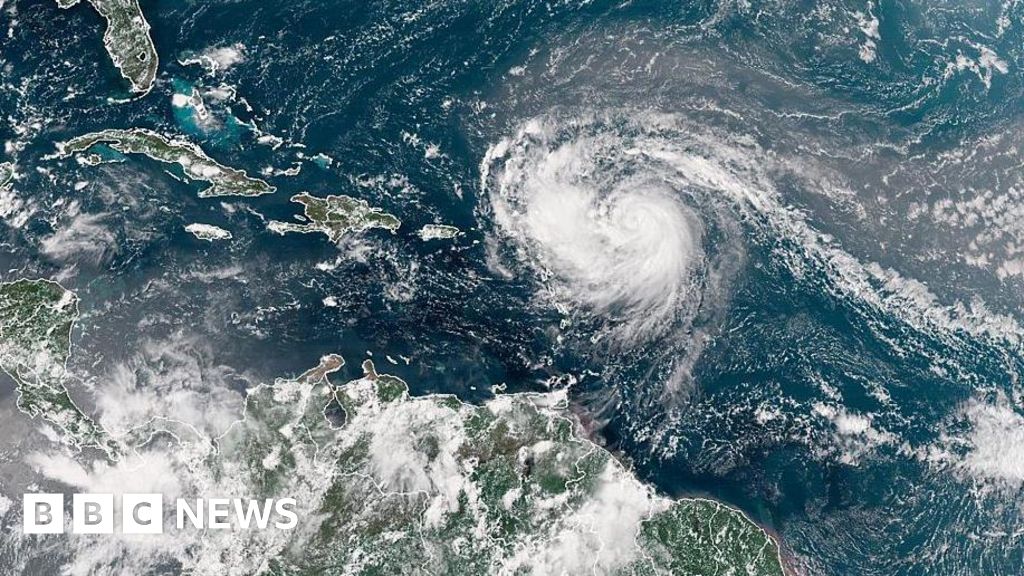Kayla Epstein and Josh Cheetham,BBC Verify

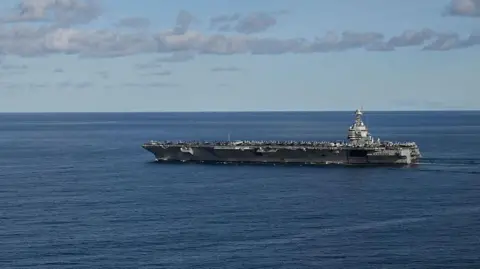 Getty Images
Getty Images
The USS Gerald R Ford aircraft carrier, the world's largest, can carry up to 90 aircraft
The US is deploying the world's largest warship towards the Caribbean, marking a major escalation in its campaign to target drug traffickers in the region.
Defence Secretary Pete Hegseth ordered the USS Gerald R Ford aircraft carrier, which can carry up to 90 aircraft, to move from the Mediterranean to the waters off Latin America on Friday.
The US has been increasing its military presence in the Caribbean in recent weeks, which now includes eight other warships, a nuclear submarine and F-35 aircraft.
It has carried out airstrikes on boats it says belong to drug traffickers, including on Friday when Hegseth said "six male narco-terrorists" had been killed.
That operation took place in the Caribbean Sea, against a ship Hegseth said belonged to the Tren de Aragua criminal organisation.
Hegseth posted a video on X showing the strike. It begins by showing a boat in crosshairs before it explodes into a cloud of smoke.
Meanwhile, the Pentagon said the USS Gerald R Ford carrier would deploy to the US Southern Command area of responsibility, which includes Central America and South America as well as the Caribbean.
The additional forces "will enhance and augment existing capabilities to disrupt narcotics trafficking and degrade and dismantle TCOs", or transnational criminal organisations, spokesman Sean Parnell said.
The carrier last publicly transmitted its location three days ago off the coast of Croatia, in the Adriatic Sea.
Its deployment marks a significant escalation in the US military buildup in the region. It is also likely to increase tensions with Venezuela, whose government Washington has long accused of harbouring drug traffickers.
The carrier's large aircraft load can include jets and planes for transport and reconnaissance. Its first long-term deployment was in 2023.
It is unclear which vessels will accompany the carrier when it moves to the region, but it can operate as part of a strike group that includes destroyers carrying missiles and other equipment.

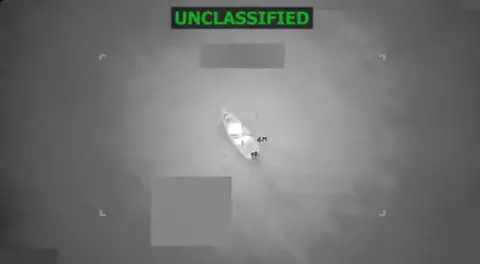 Pete Hegseth on X
Pete Hegseth on X
The US said it had destroyed a drug trafficking boat earlier on Friday
The US has carried out a series of strikes on boats in recent weeks, in what President Donald Trump has described as an effort to curtail drug trafficking.
The strike announced on Friday was the 10th tenth the Trump administration has carried out against alleged drug traffickers since early September. Most have taken place off of South America, in the Caribbean, but on 21 and 22 October it carried out strikes in the Pacific Ocean.
Members of US Congress, both Democrats and Republicans, have raised concerns about the legality of the strikes and the president's authority to order them.
On 10 September, 25 Democratic US senators wrote to the White House and alleged the administration had struck a vessel days earlier "without evidence that the individuals on the vessel and the vessel's cargo posed a threat to the United States".
Senator Rand Paul of Kentucky, a Republican, has argued that such strikes require congressional approval.
Trump said he has the legal authority to order the strikes, and has designated Tren de Aragua a terrorist organisation.
"We're allowed to do that, and if we do [it] by land, we may go back to Congress," Trump told White House reporters on Wednesday.
US Secretary of State Marco Rubio added that "if people want to stop seeing drug boats blow up, stop sending drugs to the United States".
The six deaths in the operation Hegseth announced on Friday brings the total people killed in the US strikes to at least 43.
Analysts suggest the strikes are not only about drug trafficking but also about putting military pressure on the government of President Nicolás Maduro in Venezuela.
He is a longtime foe of Trump who has long accused him of being the leader of a drug-trafficking organisation, which he denies.

 1 month ago
56
1 month ago
56
